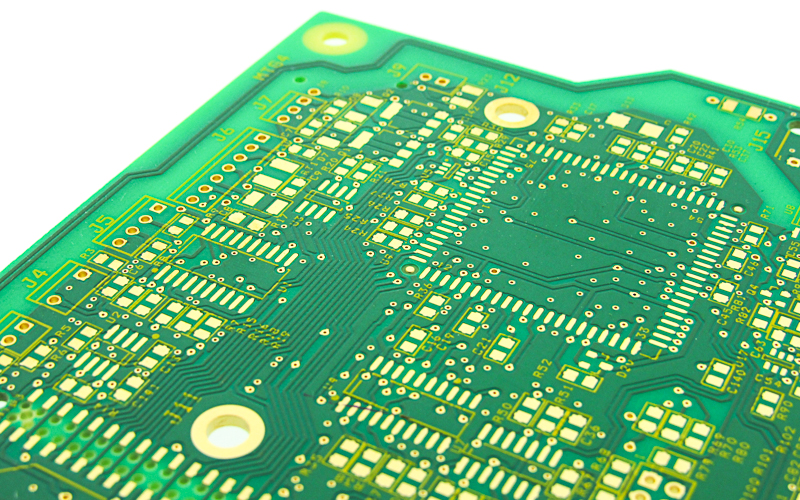The talk about creating high-speed digital circuits is happening across the world due to the development of fifth-generation (5G) cellular communication systems. As technology becomes more advanced, engineers are looking for the right ways to convey signals and frequencies through standard materials that are available today for printed circuit boards (PCBs), as these PCBs need to handle the mechanical and electrical properties required without hindering operational capabilities.
Designing a PCB with extreme copper plating requires planning and careful consideration of several factors that do not come up during the design of a standard, light copper board. Many fabricators avoid heavy and extreme copper circuit board orders entirely because of the unusual manufacturing challenges and non-standard processes associated with these product types.
Front panels, bezels, and other types of human to machine interface equipment use several circuit technologies to operate. These circuit types usually involve some form of printed or etched traces using conductive materials like copper and conductive ink. These custom layouts are routed across insulating sheets and films, eventually becoming circuit boards and flex circuits. Dome switches, LEDs, and touchscreens can be added to these everyday circuit boards, bringing them to life as a high-technology HMI solution.
When you are designing a printed circuit board (PCB), your customer or boss does not typically hand you a blank check. You may occasionally be fortunate enough to have a customer with deep pockets, but most products are very cost-sensitive, and your board design will need to come in at or below budget. This post will go over some of the things you can do to achieve a cost-effective design. Its focus will be limited to a handful of higher-end design options.
Traditionally, quick-turn printed circuit boards have been used for PCB prototyping and low-volume production in the electronics industry. Many companies have developed very low-cost, low-option Internet programs to get customers low technology printed circuit boards very inexpensively. However, in today’s evolving electronics industry, quick-turn printed circuit boards are now part of every stage of the product development lifecycle, from initial concept development to full working prototypes to getting the production product to market faster than any of their competitors.
As somebody whose job it is to analyze several multilayer PCB designs per week, I find it surprising whenever I receive a data package that does not include a defined lamination stack-up. The way that the layers are constructed can affect the PCBs performance, so these packages feel like they are missing a potentially important piece of information.
Having been involved in the printed circuit board (PCB) world for nearly four decades, I continue to see the same drawing mistakes. When declaring PCB tolerances in any given design, the PCB designer must take into consideration the manufacturing of the board itself. In this blog post, we will review some of the issues we commonly see in PCB designs that are not allowing the proper tolerances for the routing, drilling, and plating processes.
At the conclusion of our webinar, How PCB Design Choices Affect Overall Cost from Your PCB Fabricator, we had several questions submitted to our presenter, Ed McMahon, CEO at Epec. We have compiled these questions into a readable format on our blog.
Many applications today send signals between two devices to provide data or to perform a specific function. These signals may consist of radio frequencies (RF) or microwave frequencies. Typically found in the communication industry, RF/microwaves are common for satellites, radar, and navigational systems. Yet, they can also be found in smaller applications, such as garage door openers, security key card terminals, wireless alarm systems, and handheld warehouse inventory scanners.
After an engineer has finished their circuit design for a printed circuit board (PCB), the next step is to enter the schematic details into a computer-based schematic capture program such as Altium, Eagle, or OrCAD. The finished printed circuit board will provide the physical assembly and interconnection platform for the various electronic components required by the schematic.























